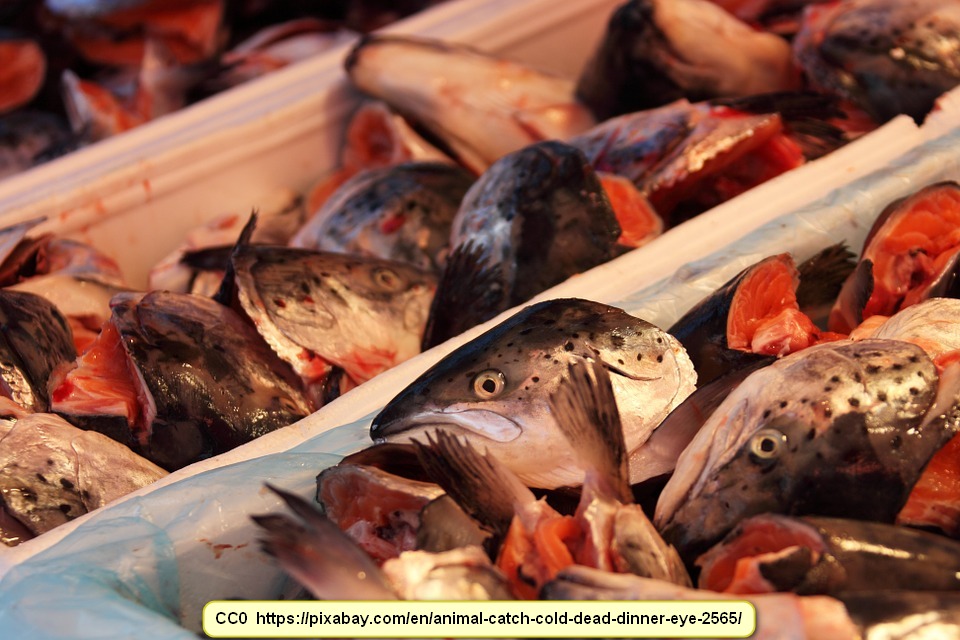
Fish fertilizer is something that is great for plants in general. It gives the plants a nitrogen boost while also giving them potassium, phosphorus, and many micronutrients. Commercially made liquid fish fertilizer is expensive, though. The good news is that you can make your own. The homemade version is every bit as good for the plants as most commercial products.
What you need
To make the fermented fish fertilizer, you will need a 3-5 gallon bucket with a lid. I like to use 3-gallon jugs that some brands of cat litter comes in, but a regular bucket that has a lid will work.
You’ll also need fish or fish scraps. They can be ocean or freshwater fish and it makes no difference if they are old. The plants won’t mind a bit. People who like to fish often end up with trash fish or what is left from their catch after cleaning them and removing the parts that are going to be eaten. Fish markets also often have fish scraps that they will give away for the asking.
You’ll need high-carbon compostable material. This can be grass clippings, sawdust, straw, or even shredded newspaper. We use wood shavings from our pet rabbit’s cage and this works quite well.
Water and molasses are needed to start a fermenting process. This fertilizer honestly is fermented.
Making the fish fertilizer
Putting it together is simple. First, chop up the fish. The finer it is chopped, the better. It can even be put through a blender if you want to go to that effort. The fertilizer will be finished faster if smaller pieces are used.
Put the chopped fish in the bucket. For the 3-gallon containers I use, it takes about 2-3 pounds of chopped fish. This should fill the container 1/4 to 1/2 full.
As an added tip, if you are going to be using this fertilizer on tomatoes, peppers, eggplants, or other plants that are heavy consumers of calcium, add a couple of egg shells at this stage. When the fertilizer is done, it will also contain extra calcium for the plants. The extra calcium doesn’t hurt other plants but it is especially great for plants that have heavy calcium needs.
Fill the rest of the container, to within about an inch from the top, with the grass clippings, sawdust, straw, dry leaves, or what have you. Then add enough water to just cover everything in the container.
Add a half to a full cup of molasses and mix everything up. Sit the container someplace where it won’t be disturbed for about a week or more. The suggestion would be to put it somewhere away from the house because it is going to stink.
The cap needs to be loose to allow gases to escape during fermentation. If the container bursts, it will create a stinky mess. Fine window screen can be put over the top of the container to limit maggots, though drown maggots will simply add more protein to the finished product. It may sound disgusting, but it isn’t for you, it is for the plants and they love this stuff.
Using the fermented fish fertilizer
After one to two weeks, the fertilizer will be done. Strain out the solids in the container if you wish, then put the juice in a container and cap it.
I usually don’t even bother to separate out the solids. I just pour off the liquid and add more water because more nutrients can still be leached out of what is still there.
To use the fertilizer, mix 1/8 cup to 1/4 cup of the fertilizer to a gallon of water. Pour this around your plants. Incidentally, as an added benefit, deer, rodents, and rabbits hate the smell. A few hours after using it, a person can no longer smell it, but these pests can smell it for a lot longer and they tend to avoid it.
It is really easy to make fermented fish fertilizer and the plants love it. Making your own is far cheaper than buying it at a gardening store, too. Since the end product of making it is concentrated, it also goes a very long way.




I made sure to pin this one in survival we always have fish here.
As foul-smelling as it is, this stuff is really great for the plants and they seem to love it. Once the fish has fermented and the ‘juice’ has been diluted, it doesn’t burn the plants, either.